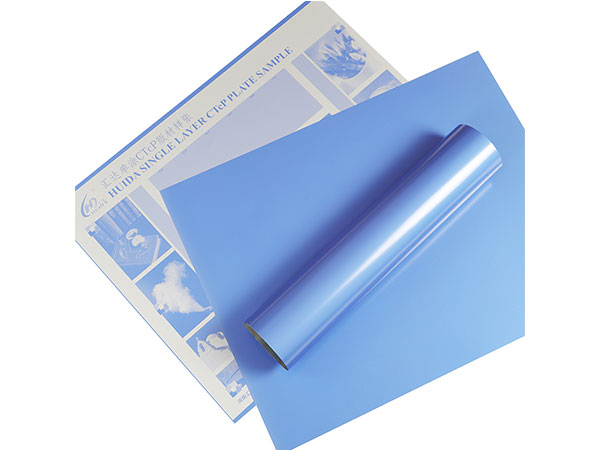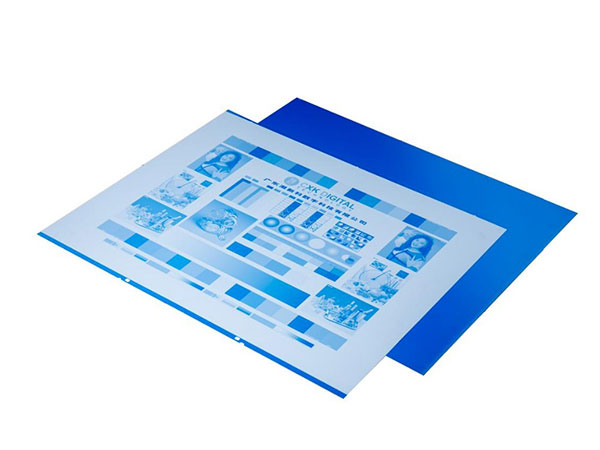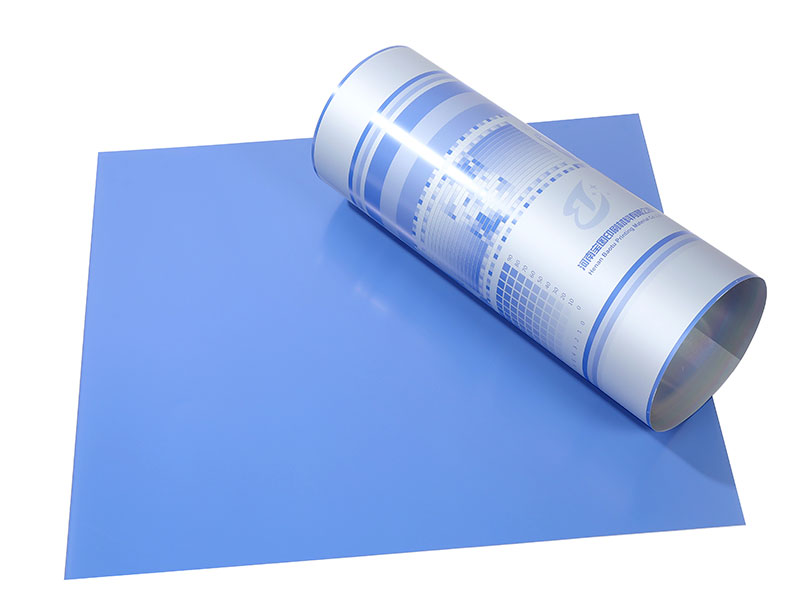| Application | Offset Printing, Digital Printing |
| Spectral Sensitivity | 320-450nm |
| Resolution | 2-99% |
| Thickness | 0.15-0.30mm |
| Specification | 0.15mm 100PCS/box; 0.30mm 50PCS/box. |
| Developer Temperature | 23+/-2 Degree |
| Laser Energy Required | 80-180mj/Cm2 |
| HS Code | 3701302 |
| Transport Package | Export Standard Seaworthy Package |
Features and Benefits
High Resolution: PS plates are capable of producing high-quality images with fine detail, making them suitable for various printing applications, from magazines to packaging.
Fast and Efficient: The exposure process can be quick, facilitating faster production times compared to traditional plate-making methods.
Less Waste: Unlike some other plate technologies, PS plates can be used for runs of varying lengths, leading to less waste and lower costs in short to medium print runs.
Ease of Use: They can be processed using standard developing techniques, reducing the complexity typically associated with traditional plates.
Composition and Structure
The structure of a PS Plate is typically made up of several key layers:
Base Material: Usually aluminum, the base provides a high degree of strength and stability necessary for repeated use during printing runs.
Photosensitive Coating: This layer contains light-sensitive chemicals that change properties when exposed to UV light. These changes define the areas of the plate that will accept ink versus those that will repel it.
Protective Coating: Some PS Plates also include an additional protective coating to enhance durability and reduce wear, ensuring longer plate life and consistent print quality.
How PS Plates Work
The process of using PS Plates in offset printing involves several well-coordinated steps:
Exposure: The PS Plate is exposed to a UV light source through a negative or digital interface, causing the photosensitive coating to harden in the exposed areas.
Development: The plate is developed chemically, where the non-image areas are washed away, leaving a clear distinction between image and non-image sections.
Printing: The developed plate is mounted on an offset press. Ink adheres to the image areas while the non-image areas attract water, preventing ink adherence. The image is then transferred from the plate to a rubber blanket, and finally onto the substrate.
Benefits of PS Plates
High Precision and Quality: The photosensitive coating allows for intricate details and sharp resolution, making them suitable for high-quality print demands.
Cost Effectiveness: PS Plates offer an excellent balance between production cost and quality, suitable for both large and small print runs.
Durability: The aluminum base and protective coatings ensure that the plates can withstand multiple print cycles without degradation.
Versatility: PS Plates are compatible with a wide range of substrates, broadening their applicability across different industries.
Applications
Commercial Printing: From brochures to magazines, PS Plates are ideal for producing diverse print materials with vibrant colors and fine detail.
Packaging: They are heavily used in packaging for creating labels, cartons, and other printed packaging materials.
Publishing: Books, newspapers, and other publications benefit from the consistency and quality of prints produced by PS Plates.
Flexography and Gravure: They are also adapted for certain types of flexographic and gravure printing processes.
Considerations
Environmental Impact: The production and processing of PS plates can involve hazardous chemicals, so proper handling and disposal are essential.
Quality Control: Maintaining quality control during the plate-making process is crucial to ensure consistent printing results.
Digital Advances: The rise of digital printing has influenced the use of traditional PS plates, leading to innovations like digital plates that eliminate some conventional steps.





